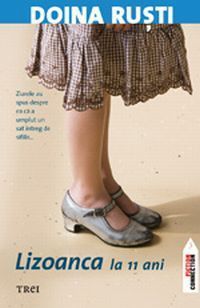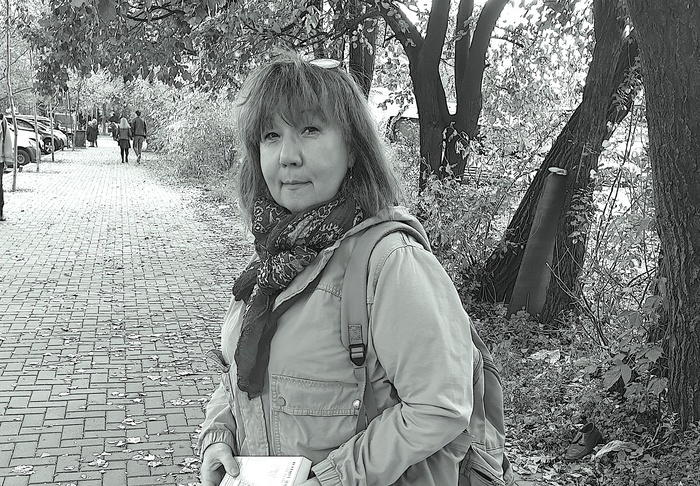
The subject of the novel Lizoanca (11 years old) lives in a small Romanian village (Satu Nou) and unexpectedly, she becomes the centre of attention. People consider her guilty of spreading a disease, and during one single torrid summer, she turns into public enemy no. 1. At first she attracts the attention of the villagers, and afterwards, through mass-media, she becomes a national sensation. As this character develops, hunted, blamed and adored at the same time, various secrets, more or less important, are revealed, gradually turning the story into the chronicle of this small rural community. Hypocrisy, humiliation, cruelty and murder. Each character had contributed one way or another to the change of mentality in society. All these old occurrences actually represent the underground of the contemporary world, and once disclosed, the history of the last 60 years is recomposed in detail, unveiling how the east-European village has been undergoing a sustained downfall. The 13 stories (forming Lizoanca’s story) all lead to a single character, a certain Crone Petrache Notaru (80 years old). He is the one who committed all these landmark acts changing the life of the village, and all the other characters are built around him, weaving, one way or another, Lizoanca’s biography. Notaru ruined Tori’s life (Lizoanca’s grandmother). He is also responsible for Greblă’s fixations, who is a paedophile. Notaru fed Sanitara’s fears, embittering her. And he rewrites the history of an antic ring which he had found when he was a child. Notaru is the unknown architect of a world which can synthetically be named Lizoanca. Based on a true story, the novel represents the radiography of the contemporary society, during its last moments.
Author

bio DOINA RUŞTI, important contemporary Romanian novelist, is unanimously appreciated for epic force, for originality and erudition of her novels. She received all major Romanian awards, including the Romanian Academy Prize, and was translated into many languages (even in Chinese). She wrote ten novels, including: Fantoma din moară (The Phantom in the Mill, 2008), Lizoanca (2009), Zogru (2006). The novels Manuscrisul fanariot (The Phanariot Manuscript, 2015), Mâța Vinerii (The Book of Perilous Dishes, 2017) and “Homeric” (2019) can be a Phanariotic Trilogy (18th century). The most recent novel: Paturi oculte (Occult beds), 2020. Good international reviews in: La Stampa, Stato Quotidiano, Il Venerdì di Repubblica. Il Libero, Neue Zürcher Zeitung, Magyar Nemzet, La Opinion, Turia. Il Mercurio etc. Doina Rusti lives in Bucharest, and is a professor and screenwriter. Website: http://doinarusti.ro blog: https://adevarul.ro/cultura/carti/tre...